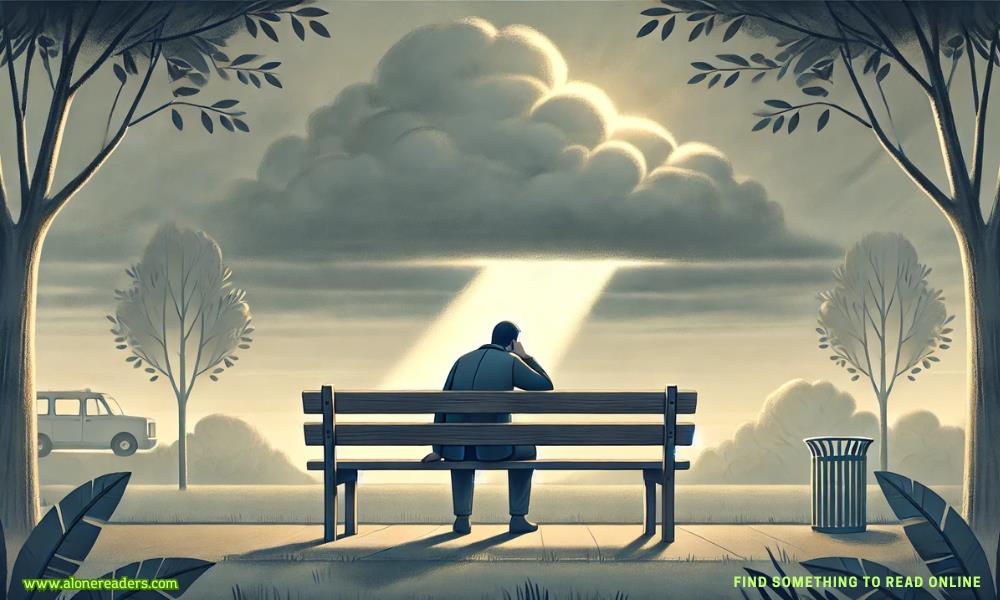Page 67 of Den of Iniquity
“Oh, that old S.H.I.T. squad?” Miller replied with a chuckle.
See what I mean? Every cop in the state remembers that unfortunate moniker. They can’t help it.
“That’s the one,” I replied. “I got let go along with everyone else when it was disbanded. Now I’m working as a private investigator.”
“What can I do you for?” Miller asked. That’s when I knew for sure he wasn’t a dud.
“I’ve been pursuing a number of King County drug overdose deaths that may have been erroneously classified as accidents or suicides when they should have been labeled homicides. I’ve learned that one of yours bears a surprising resemblance to a case over in Liberty Lake where the victim’s death was ruled as undetermined. The case is assigned to a Liberty Lake PD detective named Elizabeth Byrd—that’s Byrd with aynot ani.”
“Which of our cases?” Detective Miller asked. “We’re generally more into drive-by shootings than drug overdoses.”
“Xavier Jesus Delgado,” I replied.
“I remember that one,” Miller said, “the guy found down by the railroad tracks. Overdosed on inhaled fentanyl, as I recall. And you’re in luck. My partner and I actually responded to that one. What do you want to know?”
“Is it true the overdose was administered via a vape pen?” I asked.
“Yup, you’ve got that right. The pen was found at the scene with drug residue still inside the refillable cartridge. You can’t exactly go out and buy vape cartridges already loaded with fentanyl. For those you more or less have to roll your own.”
There’s nothing like a little black humor between cops to break the ice, and we both chuckled over that one.
“Anyway,” Miller continued, “Marty and I started with the victim’s inner circle, including Xavier’s wife, Felicity, who had recently filed for a divorce. She swore on a stack of bibles that there was no way her husband would have been using drugs. We were just getting started with the investigation when the M.E.’s suicide ruling came in. That’s when we boxed up the evidence and shut ’er down. So what does this have to do with Liberty Lake?”
“The victim there is a guy named Jake Spaulding. He also died of a fentanyl overdose delivered by means of a vape pen. He’d had multiple arrests for domestic violence as did Mr. Delgado. Unlike your victim, Spaulding was eventually arrested and sent to prison. He died shortly after being released on parole. And like your guy, at the time of his death, he was carrying some cash, which included two hundred-dollar bills.”
I heard a noise on the other end of the line that sounded distinctly as though Miller had taken both feet off his desk and put them on the floor. My mentioning of those two hundreds had caught his full attention.
“As soon as we found the money, we knew Delgado’s death wasn’t a robbery gone bad,” Miller said. “He was still wearing his watch, and he had close to three hundred bucks in his wallet, including two hundred-dollar bills.”
“Did you happen to take a close look at any of that cash?” I asked.
“Other than noticing Benjamin Franklin was on a couple of them, no. Why?”
“Because those two Benjamin Franklins are so old that they’re missing their security strips. When Felicity tried to spend them later, the clerk at Target wouldn’t accept them because she thought they were counterfeit.”
“When did they start putting in—”
“Security strips were added to hundred-dollar bills in 1990,” I answered, without waiting for him to complete the question. “So the money must have been printed before then, but I doubt they’ve been out in circulation because the bills appear to be pristine.”
“Somebody’s been sitting on them all this time, and now they’re leaving them on the bodies of homicide victims?” Miller asked.
“Evidently,” I told him. “We’ve now found two each among thepersonal effects of victims in five different fatal overdose cases—three were determined to be accidental, one was labeled a suicide, and the last was left as undetermined. That’s the only one still open at this time, but just barely. Until now it’s been stone cold.”
“That’s really weird,” Miller said. “So is the money the killer’s calling card of some kind—sort of like a signature?”
“Maybe,” I replied. “Once we determine who that person is, I’ll be happy to ask that question. In the meantime, I’ve been trying to pull together enough evidence to convince Seattle PD to reopen the three closed cases that occurred inside their jurisdiction.”
“You’ve certainly convinced me about ours,” Detective Miller told me. “How can I help?”
“Tell me about the vape pen. Do you still have it?”
“I’m sure it’s still in the evidence box,” he answered. “Why?”
“As many now convicted killers have learned to their dismay, law enforcement is often able to trace batches of garbage bags and blue tarps back to their manufacturer and eventually to the point of sale. Now we’ve got two different vape pens and it would be nice to know the make and model. Do you happen to remember if yours had a serial number on it—either on the pen itself or else on the cartridge?”
“I don’t remember,” Miller said, “but I can sure as hell check. Our evidence storage is located off-site. Give me your number. I’ll go have a look and give you a call back.”
Kyle had wandered into the house while I was on the phone. It was only a little past noon. “What are you doing home so early?” I asked when the call ended.
- The Rancher's Pregnancy Surprise by Marian Tee
- His Virgin Wife by Sam Crescent
- Cougar Chronicles by Helen Hardt
- Secret Baby for the Triplets by Molly Eden
- Sinful in Scrubs by Ava Gray
- The Man of the House by Lena Little
- Fearful Mate by Jade Marshall
- Forbidden Bratva Virgin by Rina Lawson
- Dirty Grovel by Naomi West
- Dirty Damage by Naomi West
- Unholy Cross by Beth D. Carter
- The Rejected Wife by L. Steele
- The Last Sunrise by Anna Todd
- Jilted by Vi Keeland
- One Last Memory by N. Slater
- Duped by Charity Parkerson







